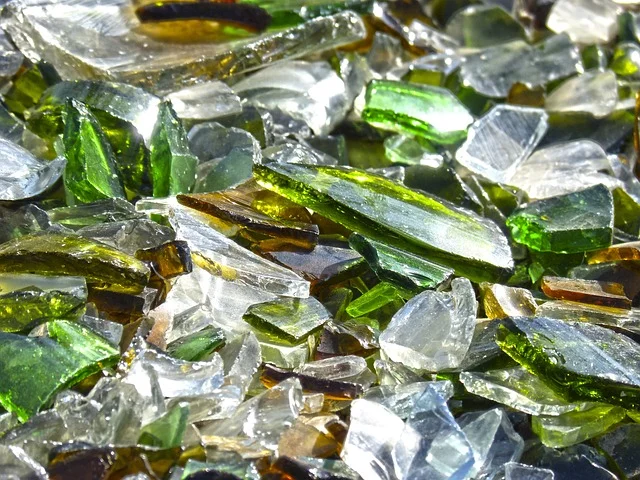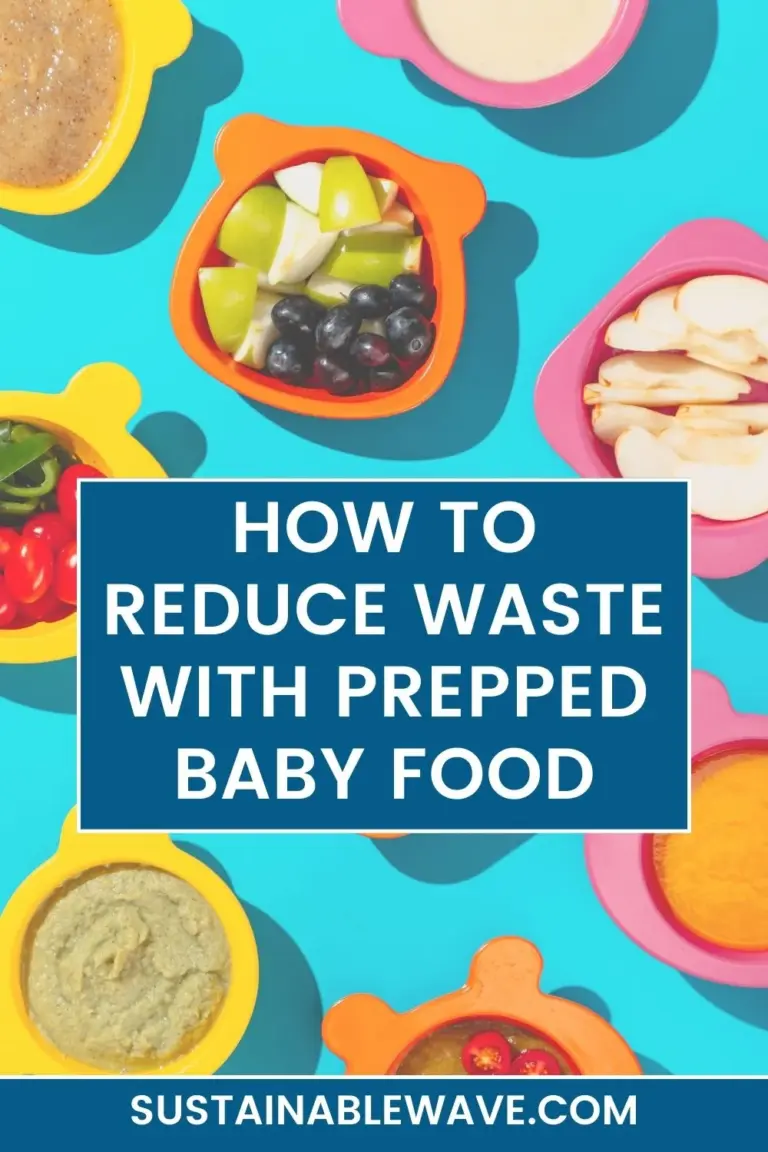Glass recycling is a vital aspect of environmental conservation, particularly in a forward-thinking city like Austin, Texas.
To recycle glass responsibly in Austin, clean and sort your glass items, then take them to local recycling centers like Austin Recycling Center or Green Glass Recycling Initiative. Avoid including non-recyclable glass to ensure efficient processing.
This article aims to provide comprehensive information on how to recycle glass effectively in Austin, offering valuable insights and practical tips for residents and businesses alike.
A Quick Intro to Recycling Glass in Austin

Recycling glass is a vital component of Austin’s dedication to environmental sustainability. In a city known for its progressive attitude towards eco-friendly practices, understanding the importance of glass recycling is key.
Glass is a unique material; it can be recycled indefinitely without losing purity or quality. This means that every bottle or jar you recycle can be transformed into new glass products, reducing the need for raw materials and lessening environmental impact.
In Austin, glass recycling initiatives have been gaining momentum, supported by both local government policies and community enthusiasm. The city’s commitment to reducing landfill waste and promoting a circular economy is evident in the numerous glass recycling programs available.
These efforts not only contribute to a greener Austin but also foster a sense of community involvement and responsibility toward the environment.
Why Should You Recycle Glass?
Recycling glass is not only an eco-friendly practice but also a crucial step towards a sustainable future. Glass is a unique material that can be recycled indefinitely without losing its purity or quality.
By recycling glass, we conserve natural resources, reduce energy consumption, and decrease greenhouse gas emissions.
Environmental Benefits
- Resource Conservation: Glass recycling helps conserve natural resources like sand, soda ash, and limestone, which are the primary raw materials for making new glass.
- Energy Savings: It takes less energy to melt recycled glass compared to creating glass from raw materials. This reduction in energy consumption significantly lowers carbon emissions.
- Reduction in Landfill Waste: Glass in landfills does not decompose, contributing to long-term environmental pollution. Recycling glass reduces landfill waste and the associated environmental impact.
Economic Advantages
- Cost Efficiency: Using recycled glass in manufacturing new glass products is often more cost-effective than using raw materials. This can lead to lower production costs and economic savings.
- Job Creation: Glass recycling supports the economy by creating jobs in the recycling and manufacturing industries.
Community Impact
- Sustainability Awareness: Recycling programs educate the community about environmental conservation, encouraging more sustainable lifestyle choices.
- Local Recycling Economy: By participating in glass recycling, communities can contribute to a local recycling economy, promoting circular economic models.
The Glass Recycling Process Explained

The process of recycling glass involves several key steps, ensuring the transformation of waste glass into new, usable products.
Collection and Transportation
- Separate Collection: Glass is collected separately from other recyclables to prevent contamination.
- Transportation: The collected glass is transported to recycling facilities for processing.
Processing
- Cleaning and Sorting: At the recycling facility, glass is cleaned and sorted by color and type, as different glass types have different melting points and compositions.
- Crushing and Grinding: The sorted glass is then crushed into small pieces, known as cullets, and further ground down if necessary.
Melting and Remanufacturing
- Melting: The cullet is melted in a furnace at high temperatures.
- Molding: The molten glass is then molded or blown into new glass products, ranging from bottles and jars to fiberglass.
Quality Control and Distribution
- Inspection: The recycled glass products undergo quality control checks.
- Distribution: Once approved, these products are distributed for commercial or consumer use.
Local Glass Recycling Facilities in Austin
Austin is home to several glass recycling facilities, each offering unique services to facilitate the recycling process for residents and businesses.
These facilities are strategically located throughout the city to ensure accessibility for all. They typically operate throughout the week, with extended hours to accommodate different schedules.
Key facilities include:
- Austin Recycling Center: This facility provides comprehensive recycling services, including glass. They accept all types of glass containers, and their convenient location makes them a popular choice among residents.
- Green Glass Recycling Initiative: This specialized facility focuses solely on glass recycling, ensuring that the glass is processed with the highest efficiency and environmental standards.
- Eco-Waste Solutions: Catering to both residential and commercial needs, this facility offers glass recycling alongside other waste management services.
These facilities not only accept glass for recycling but also educate the public on the importance of proper glass preparation and recycling practices. Some even offer tours and workshops, making them valuable community resources in promoting environmental awareness.
DIY Glass Recycling Ideas
For those looking to take glass recycling into their own hands, there are numerous creative and practical DIY ideas.
These ideas not only give a second life to glass products but also add a personal touch to your home or community.
- Glass Bottle Planters: Transform glass bottles into beautiful planters for small plants or herbs. Simply cut the bottle, fill it with soil, and plant your choice of greenery.
- Decorative Jar Lanterns: Old glass jars can be decorated and fitted with candles or LED lights to create unique lanterns for your home or garden.
- Glass Mosaic Art: Collect various pieces of colored glass and use them to create a mosaic artwork. This can be a fun community project or a personal endeavor.
- Homemade Glassware: With the right tools, you can cut and polish glass bottles to create custom glasses or vases, adding a personal touch to your household items.
- Educational Workshops: Organize or participate in workshops that focus on glass recycling and upcycling. This not only helps in spreading awareness but also encourages community involvement.
These DIY projects not only aid in recycling but also foster creativity and community engagement, reinforcing the importance of sustainable practices in a fun and interactive way.

I’m Thomas, the owner of SustainableWave. Passionately promoting a sustainable planet. With experience in various eco-roles, I’ll share green tips, sustainability hacks, and personal eco-journeys on my blog.






